Millitary Antique Marine Plotter. Throughton & Simms. England, Circa 1900

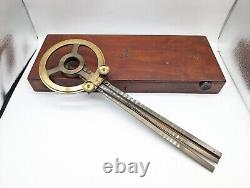
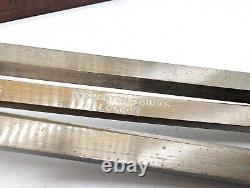
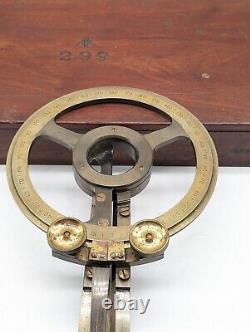
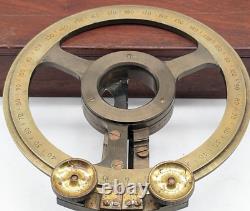
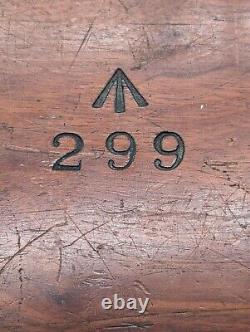

Amazing marine route-tracing tool in its original case, signed by Throughton & Simms and made in England circa 1900. The tracing tool is in excellent condition and perfect working order; it can be perfectly used to trace routes just like when it was originally made, more than one hundred years ago. The graduated brass ring preserves the engraved scale in very good condition. It is perfectly legible and shows no signs of wear. It also preserves the screws that make it possible to move the compasss rulers and fix them in different angles.
The central ruler (not mobile) bears the engraved name and city of the manufacturing company: THROUGHTON & SIMMS LONDON. The case where the tool is stored is made of solid mahogany wood and remains in good condition too.
Outside the fine wood shows some signs of the trace of time and use that provide the case with a lovely antique patina. Every lover of ancient nautical items will find a fascinating piece in this antique route-tracing tool, original from the time and perfectly preserved. Measurements: Lenght: 19.5 in / 49.5 cm. Depth: 7.67 in / 19.5 cm. Troughton & Simms History Troughton & Simms was a British scientific-instrument manufacturing company founded in London in 1826 by Edward Troughton and William Simms.
Throughton had already owned a similar business that he inherited from his father. On the other hand, Simms had trained as a goldsmith and worked dividing circled for fine astronomic instruments. When Simms died in 1860 his part of the business was assumed by his son James and his nephew William. The Troughton & Simms shop was located in Fleet Street and it eventually became the focal pont of the best scientific instrument manufacture in London. Among their customers were the Greenwich Observatory and the famous surveying and exploring expeditions of the time. Nevertheless and in spite of the great reputation of their quality instruments, the company received many complaints from their customers because of their delays in delivering the instruments (delays that could last for years). In 1915 the business became a limited company and in 1922 it merged with T.Cooke & Sons, becoming Cooke, Troughton and Simms.

